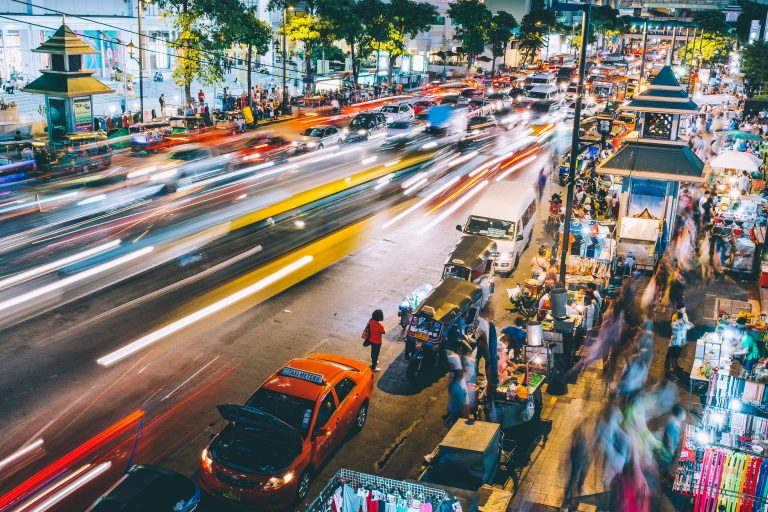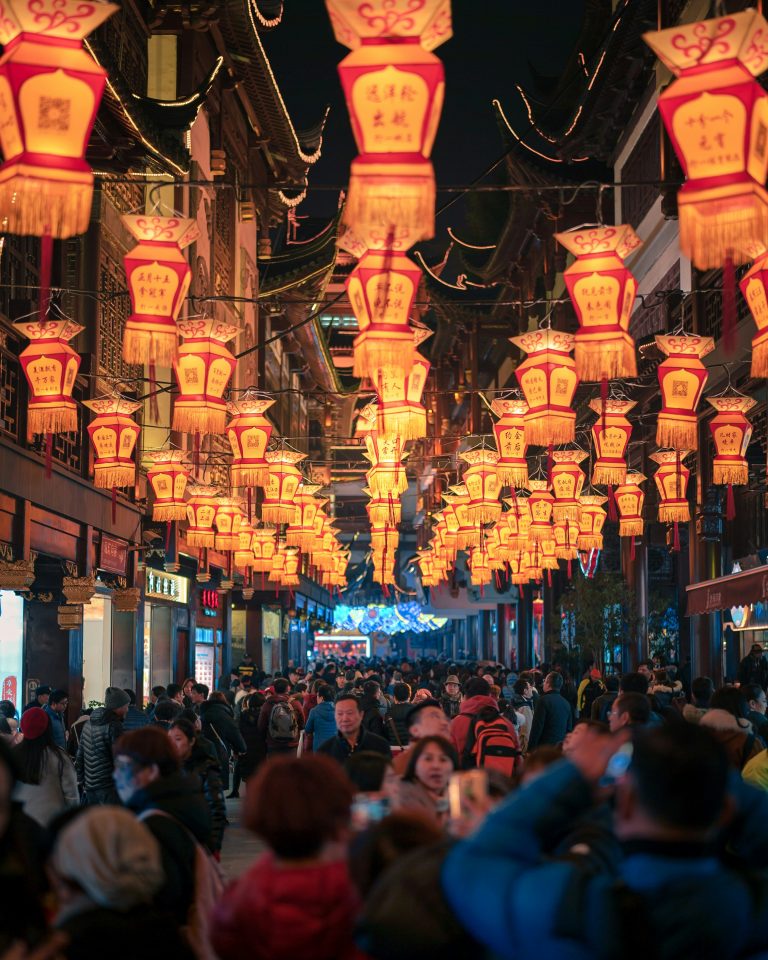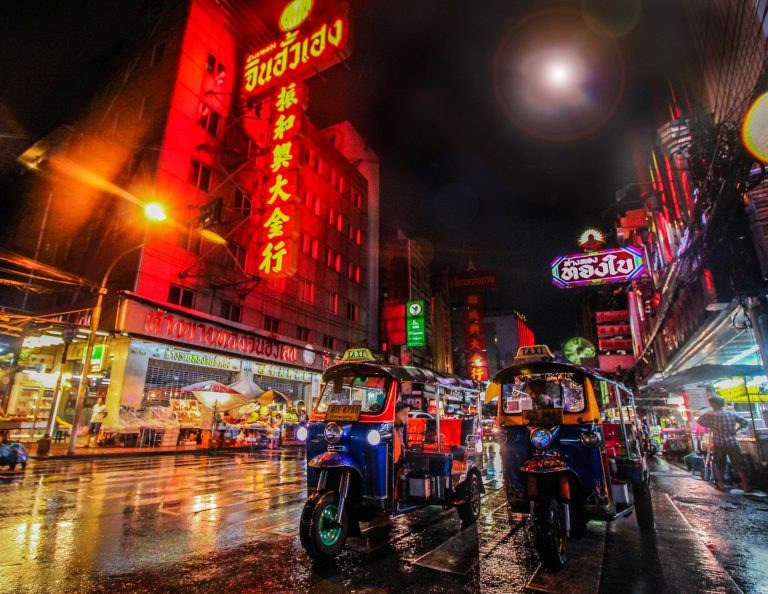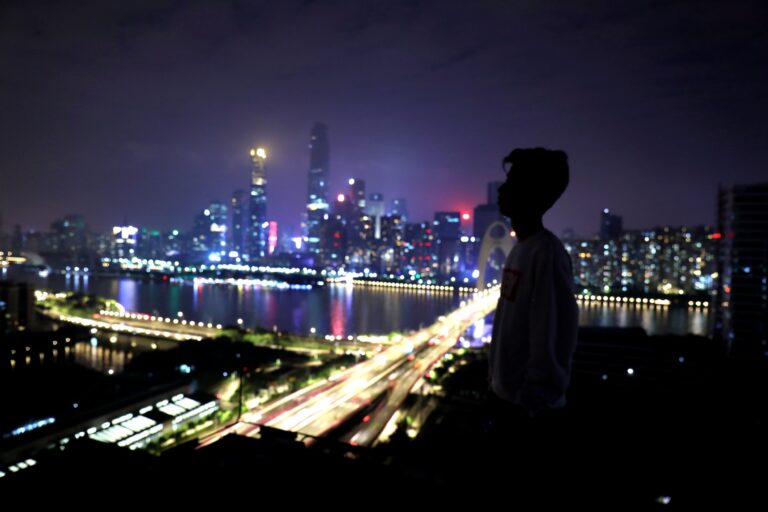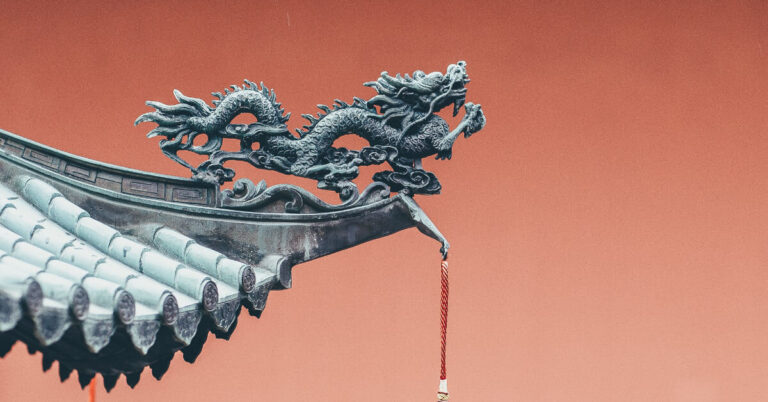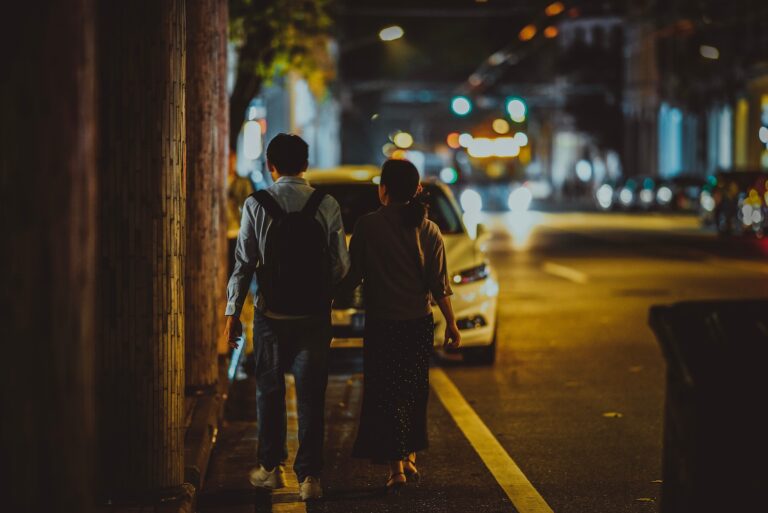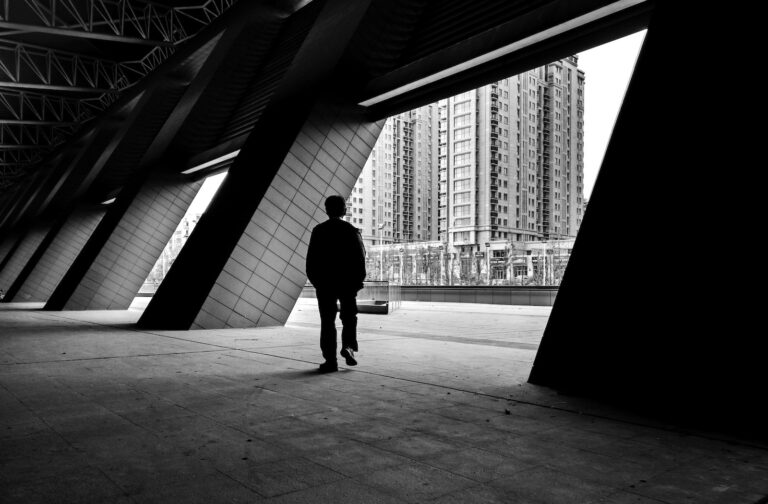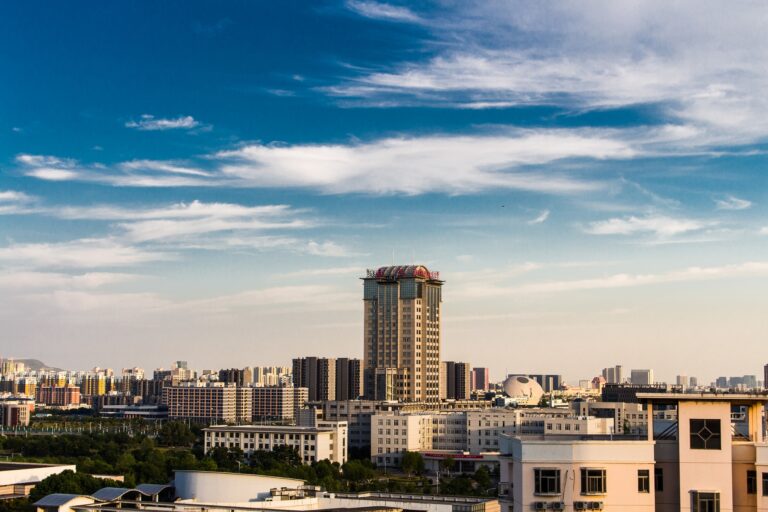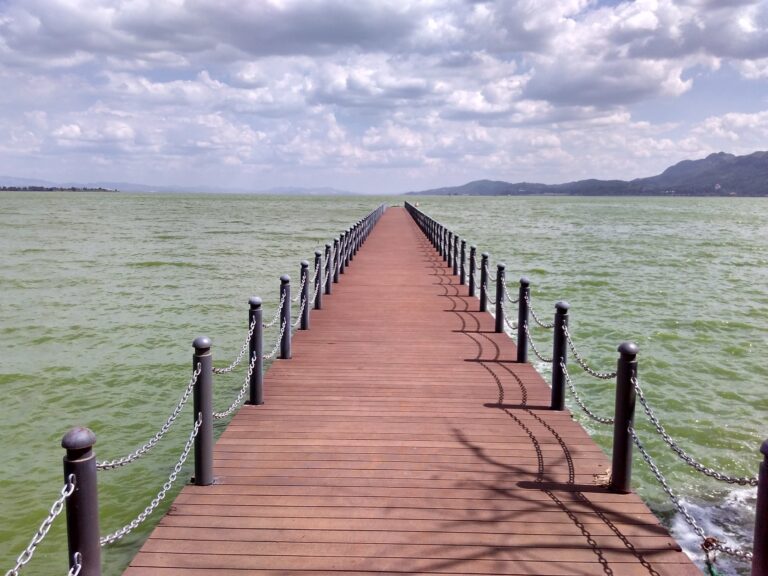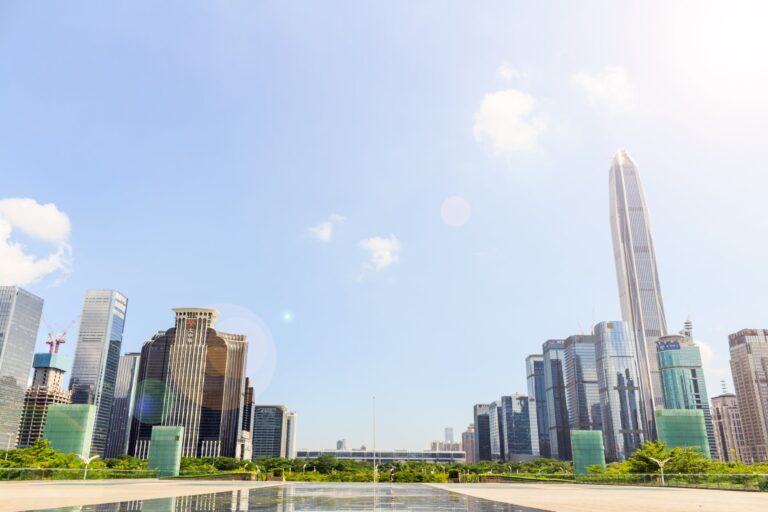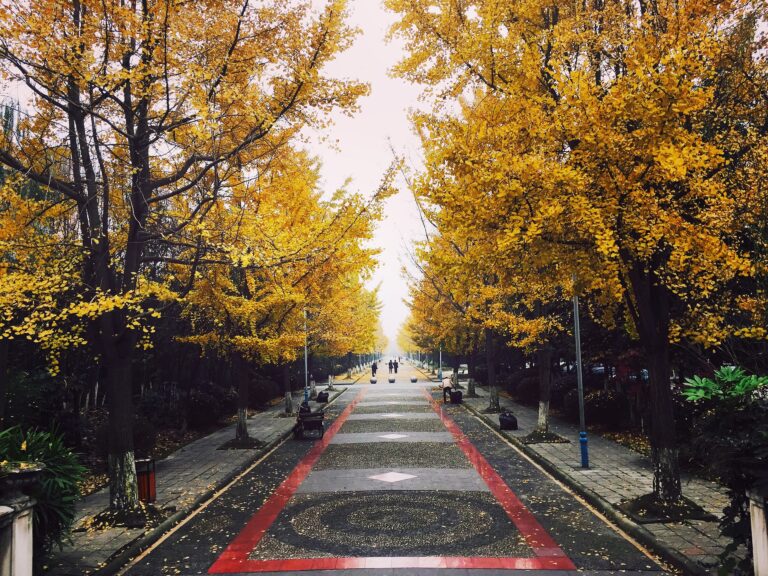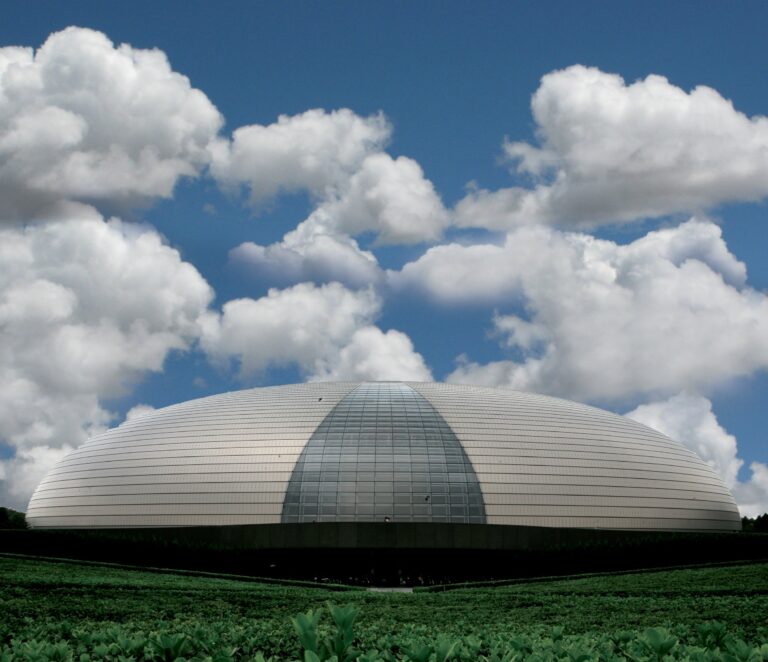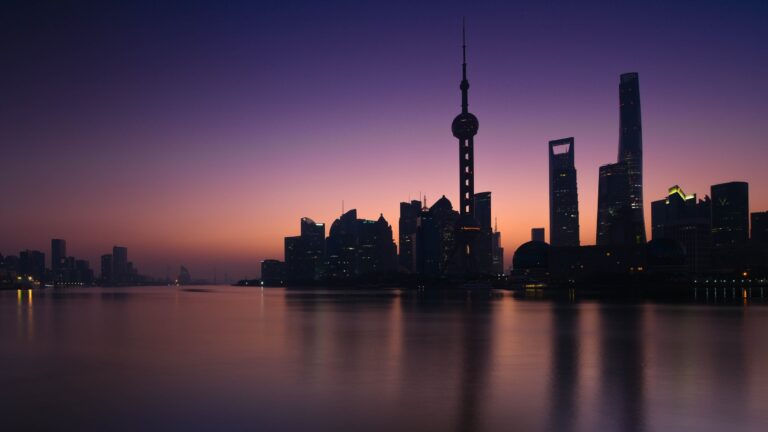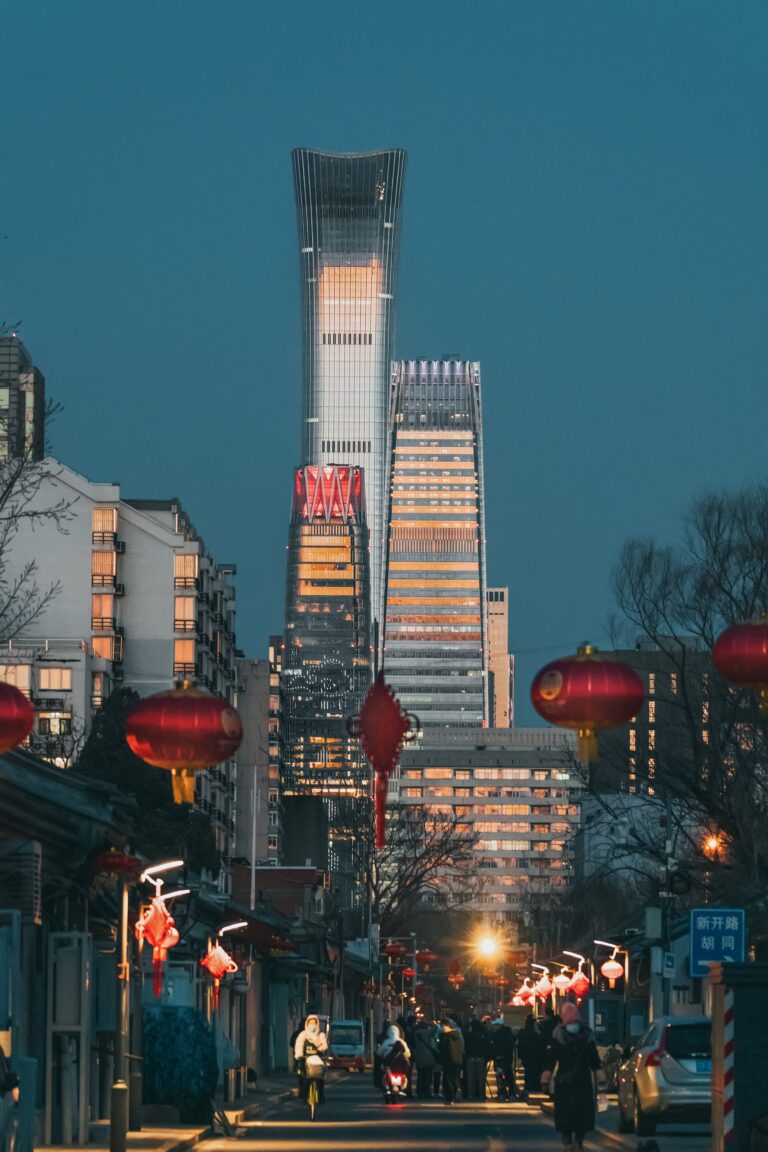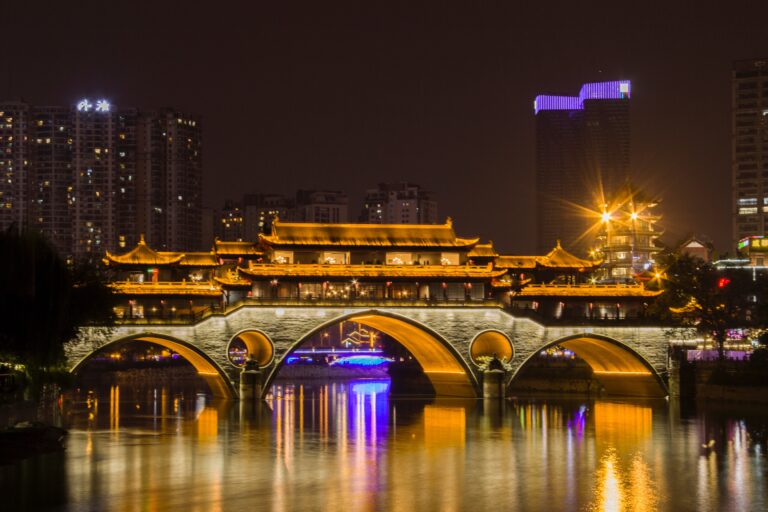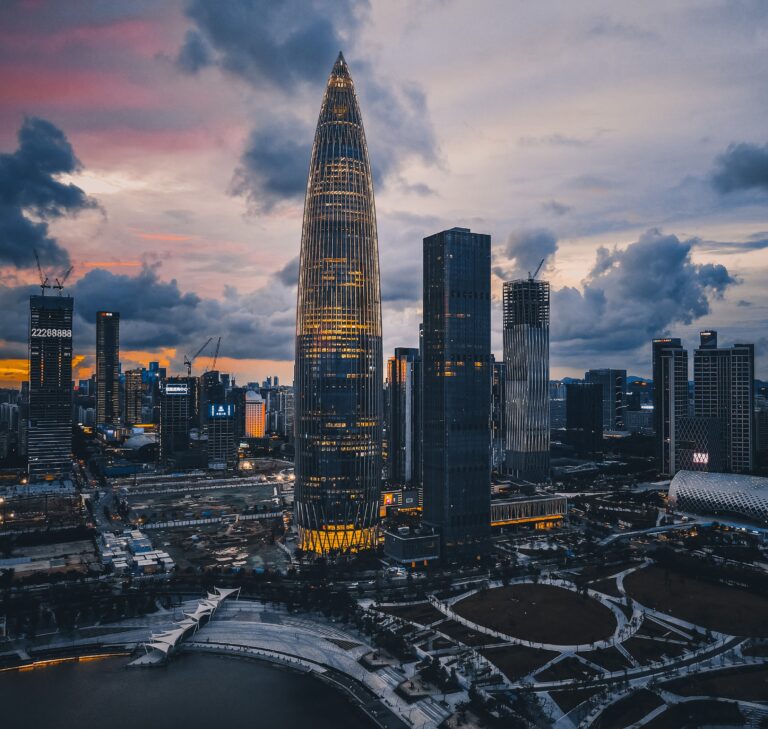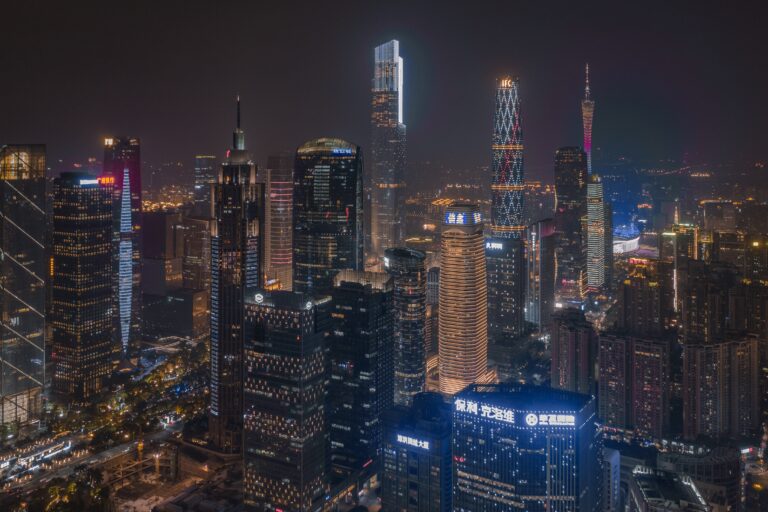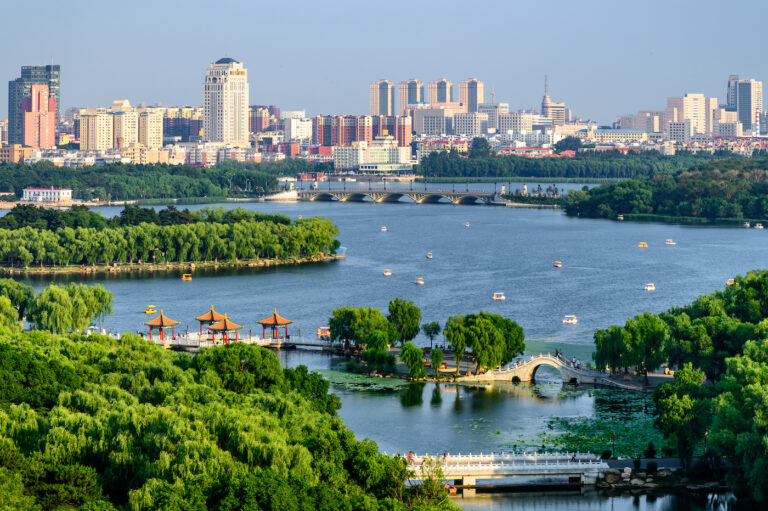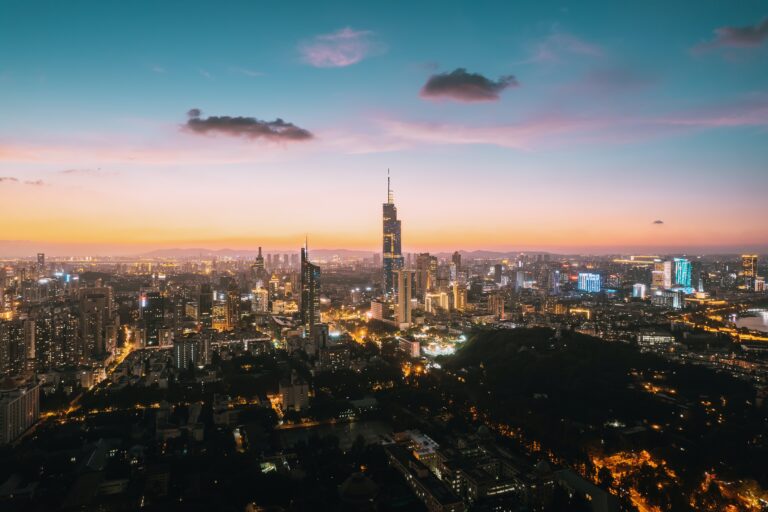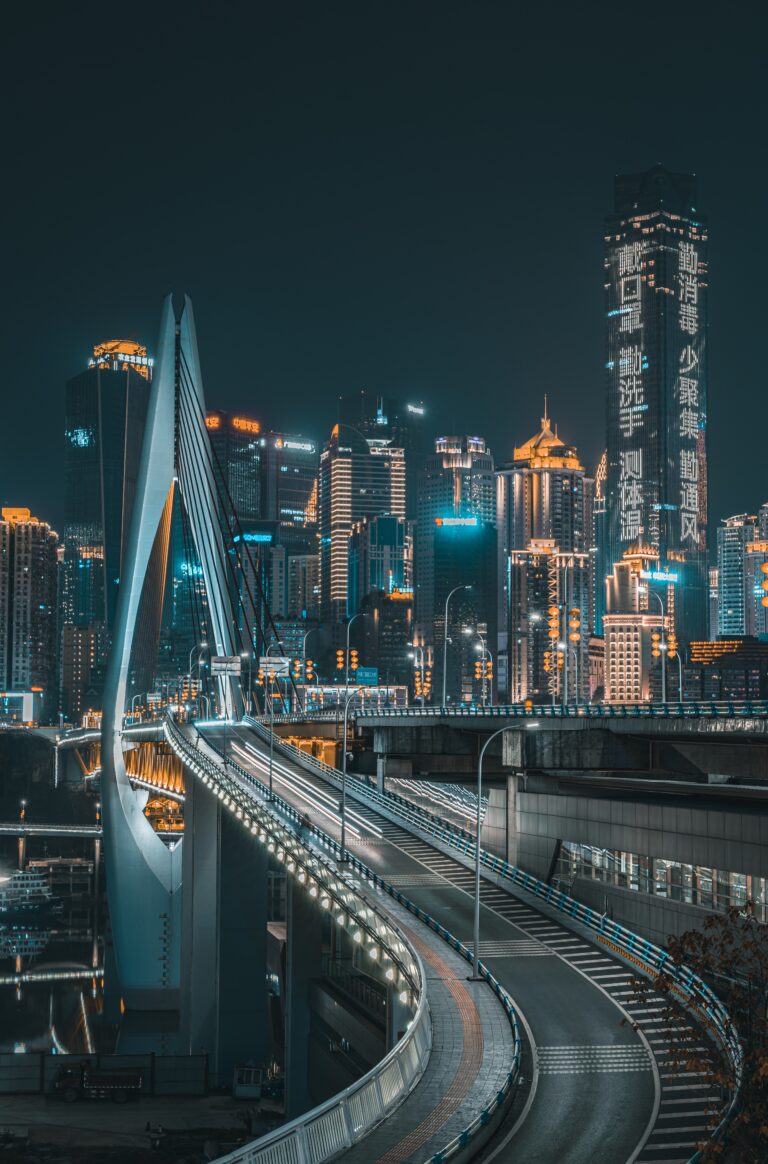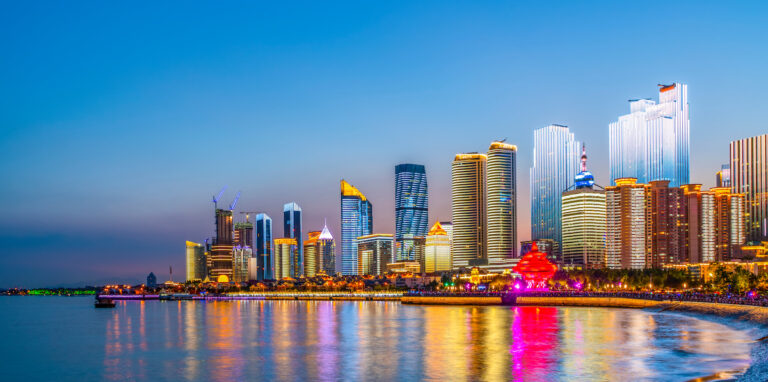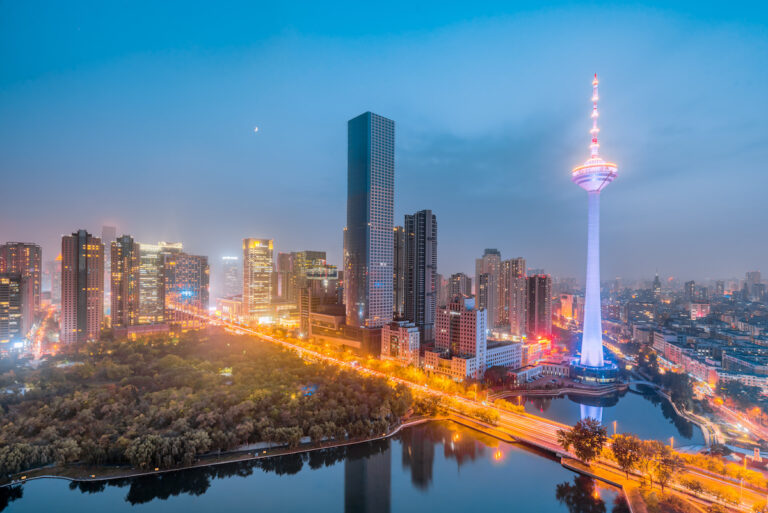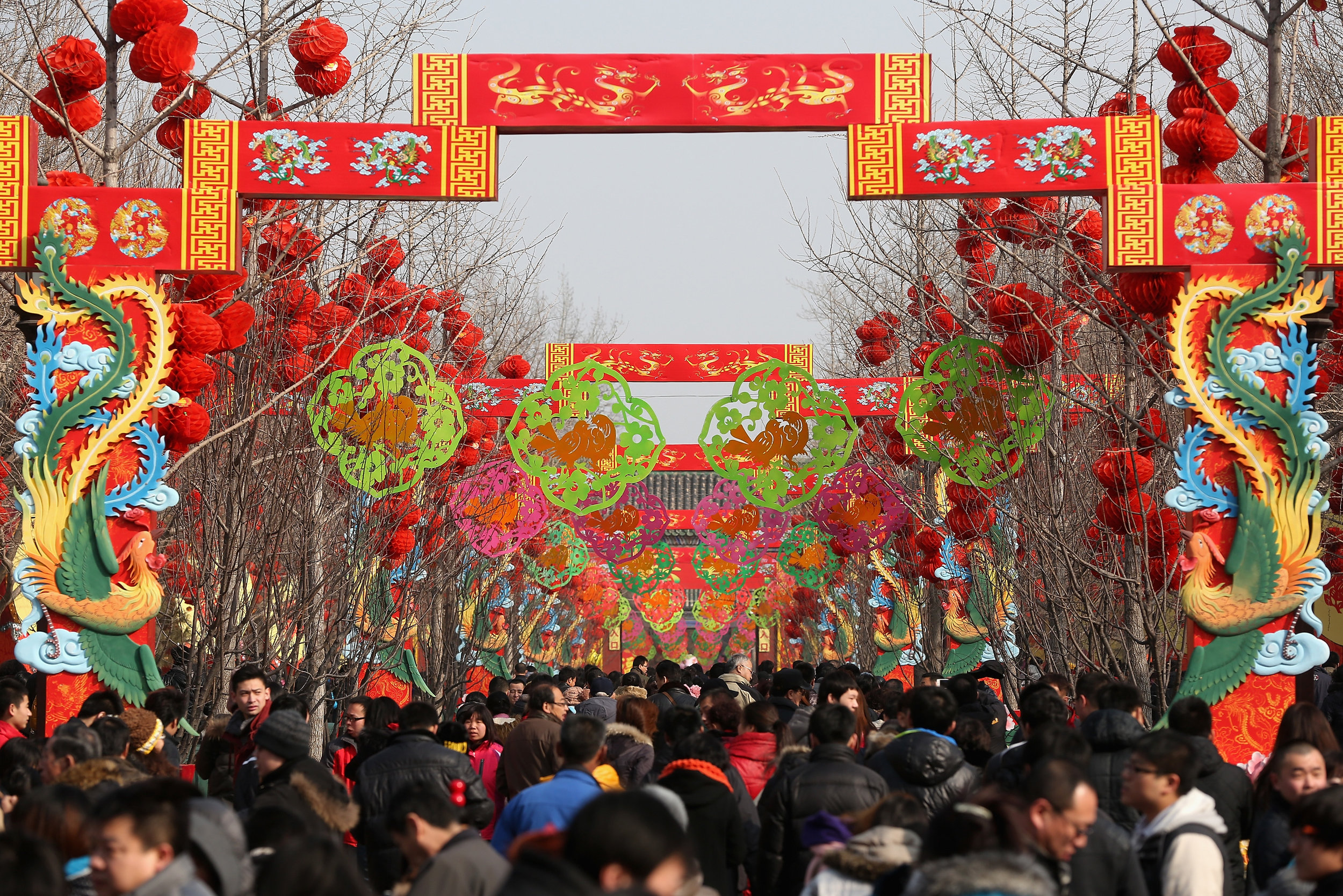
Ryan moved to the United States from Guangzhou, China, at the age of twelve. Ryan received his Master of Divinity at Gordon-Conwell Theological Seminary and is currently serving as an Assistant Pastor at New City Presbyterian Church in his US hometown of Cincinnati, OH. He also serves as the China Partnership Translation Manager. This article was originally posted on February 19, 2015.
Once upon a time, there was a monster that would sleep in his cave for the majority of the year. But every New Years Eve, it would come down from the mountains and harass the village nearby. It would eat any animals it could lay hands on and enter people’s houses to steal and destroy. Thus, on the night before the new year, the villagers would pack up their belongings and escape from the village for one night, lest they also become victims of the monster. One New Years Eve, while the villagers were preparing to once again escape from the village, an old beggar came into the village to ask for food. An elderly woman quickly gave him a bowl of rice and warned him that the monster was on its way, and he too should leave the village soon. The old beggar said, “If you let me stay in your house for one night, I have a plan to scare the monster away.” The woman was skeptical, but she was in a hurry to leave, so she gave him the permission to stay.
Soon after everybody left, the old beggar covered the door of the house with bright red paper. He poured gunpowder inside bamboo branches, stringed them together, and left them outside the door. After all that was done, he waited. Near midnight, the monster stirred from its cave in the customary manner and wandered down the mountain into the village. When the monster saw that there was light in one of the houses, it was intrigued and headed straight toward the house. As it was getting closer to the house, the bright red color on the door dazzled its eyes, and the monster was blinded. Suddenly, the old man jumped out of the door, clothed in all red garments and holding a torch. He lit the bamboo branches with fire and they exploded with thunderous noise. The monster was overwhelmed by this series of attacks and retreated from the village immediately.
The next morning when the villagers returned, they found the village empty, but their houses were all undisturbed. While they were all scratching their head, wondering what had taken place the previous evening, the elderly woman came to her house and discovered the strings of burned bamboo outside her red door. At that moment, they all realized that this old beggar was actually an immortal being from heaven. Thus during the turn of year each year, the people would tape red banners on their doors and light firecrackers to commemorate their victory over the great monster.
This legend is not very commonly told among Chinese households, but the celebration has not diminished. Through the years, people added drums and gongs, dragon and lion dances, fireworks, family meals, and red lanterns; a season of terror has turned into a season of celebration. Chinese New Year lasts for more than fifteen days. In my home in Guangdong province, most families would clean their home before the start of the celebration, symbolizing wiping away the bad luck from the previous year. After the cleaning, most families would decorate their houses with various red banners, like poems or couplets written on red paper. On New Year’s Eve, immediate families members would gather together to have a large feast, while watching the annual Spring Festival Gala on CCTV. This four-hour variety show usually features the most famous and funniest Chinese entertainers, and is arguably the “Super Bowl” of Chinese television.
The next morning, many families hit the road to visit relatives. Family and friends would bestow one another with good wishes of health, fortune, and success in the new year. Kids are particularly happy because they will get to collect 红包 (red envelopes) from adults, each containing some money that they can add to their allowance. Such festivities will last from six to seven days.
It is worth mentioning that the seventh day of the new year is known as人日 (People’s Day), which is the symbolic birthday for all people. According to Chinese mythology, the sky was broken and the earth was flooded with water. The goddess 女娲 (nü wā) repaired the sky with a multi-color rock. After the flood receded, 女娲 created different types of animals, and on the seventh day, she created human beings. Thus, on the seventh day of the new year, many people wil once again gather with their families for a big dinner.
Being such a big national holiday, many places have their own traditions, but one theme common to all is that of going home. Many Chinese sayings, such as “家国天下” (“family, country, world”), or “家和万事兴” (“harmony at home will lead to prosperity in ten thousand things”), reflect the primacy of the family unit in Chinese culture. There is no other holiday in China that emphasizes family reunion more than the Chinese New Year.
Therefore, each year millions of migrant workers literally cross over mountains and rivers to go home to their native villages. Many of these folks have left their villages to work in large cities, some of them living in small factory dorms or shacks made out of metal sheets, for the purpose of earning money to send home. Chinese New Year offers the only opportunity in the entire year for them to see their families. Each step towards home brings up the memories of separation, loneliness, and homesickness that surround their lives in the city. For them, family reunion is a time when their souls can fully rest and be comforted.
This only makes those who are unable to go home more lonely and homesick, and there are many of them in the midst of us. They live not only in a strange city, but also in a foreign country. You may find them celebrating the New Year with friends, but nothing can replace the embrace of their parents. These next few days may be an especially vulnerable time for many of them. With the New Year falling on a Thursday, it may seem even more discouraging that many will still have to go to school or work.
Be the first to wish them a happy Chinese New Year. While it is great to invite them to your house for a meal, it may be even more worthwhile to visit them in their dorms or apartments, asking them to share memories of their traditions at home. Enter into their world and this may be the best way to care for your Chinese friends this holiday season.
